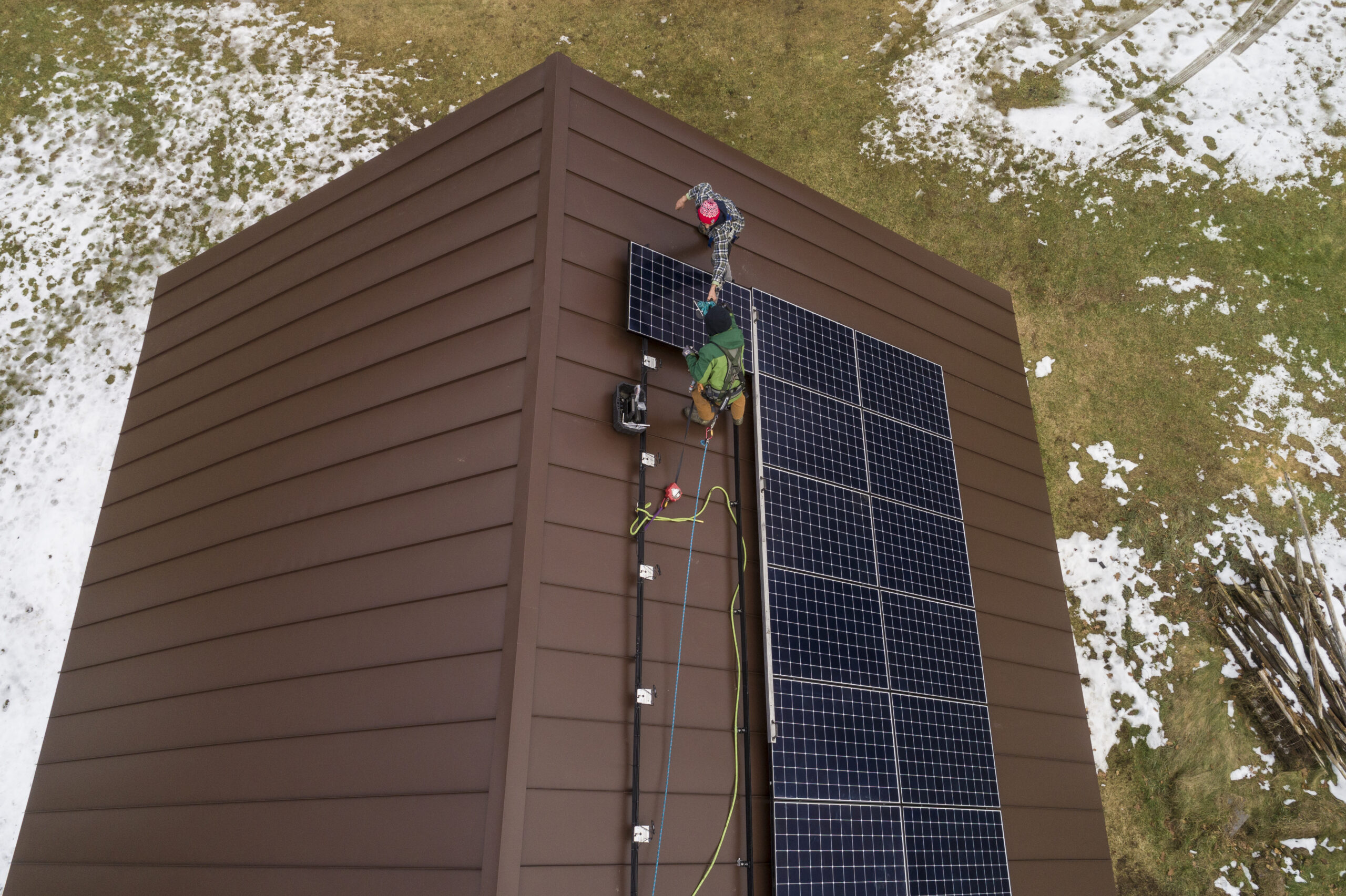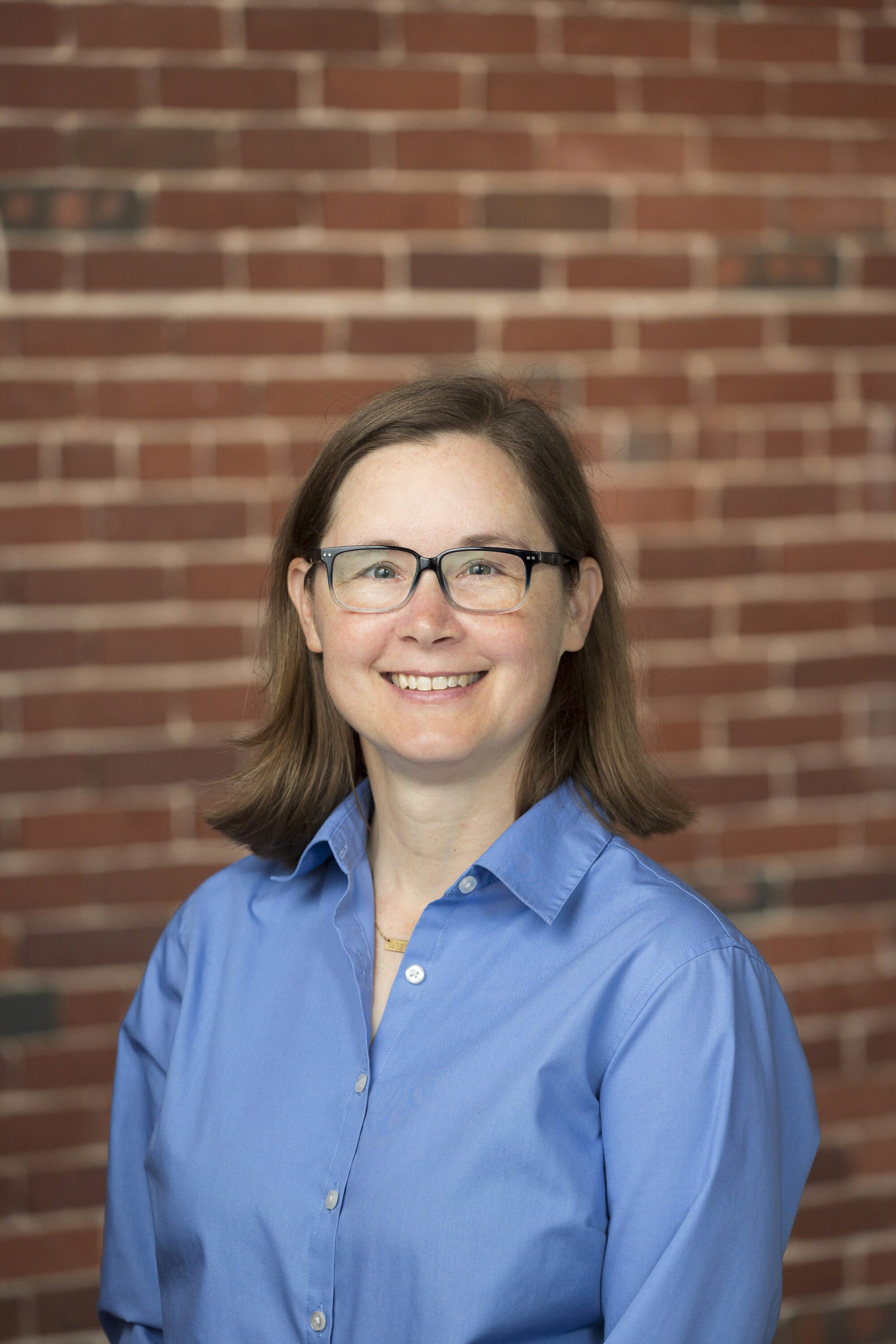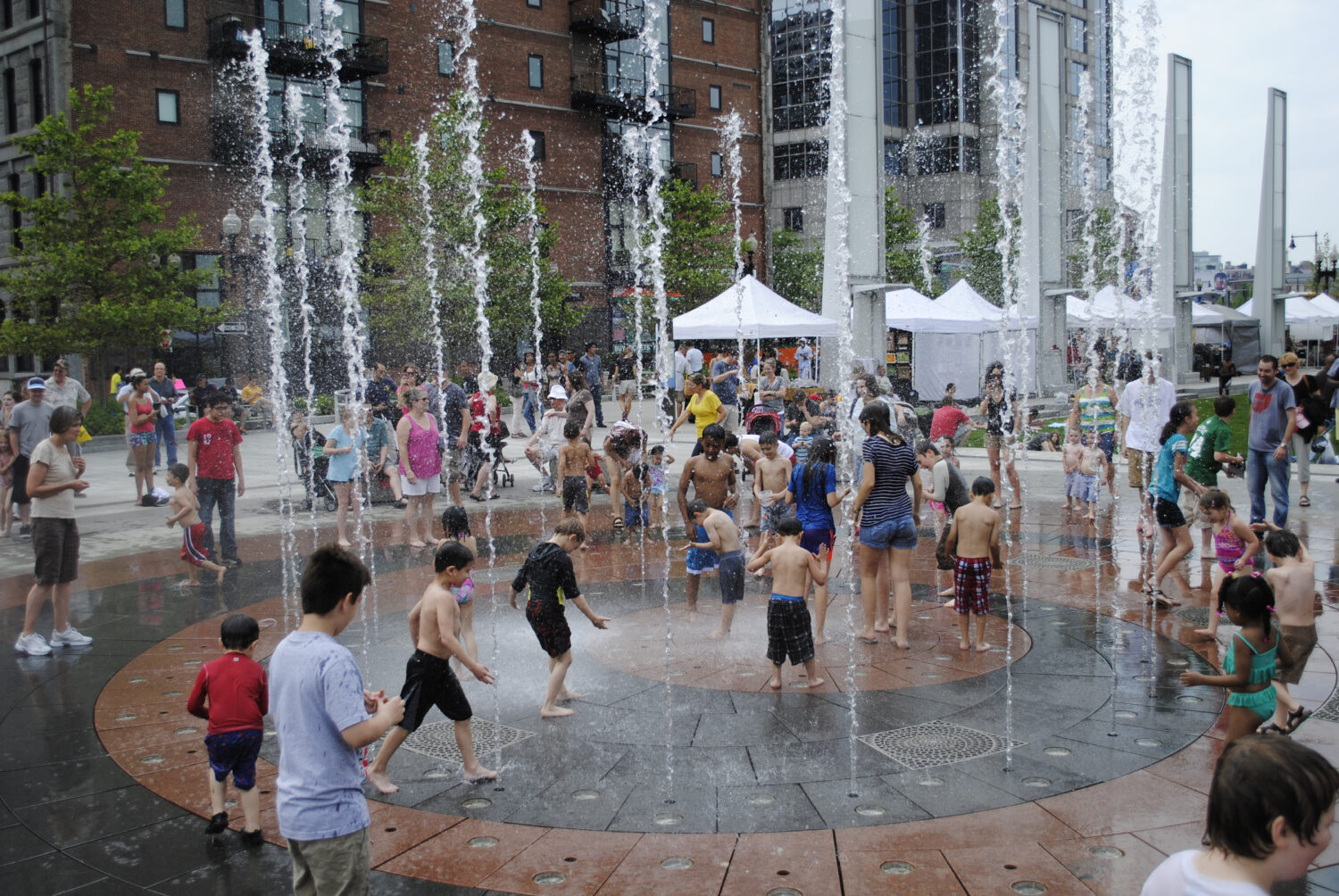We all need safe, reliable power, but every day, we learn more about the dangerous vulnerabilities and disastrous climate impacts of our current power grid. Our energy grid was designed over a century ago. It may have been considered a marvel at the time, but now we know it’s already putting our communities at risk. It’s time to rethink conventional wisdom about how we can build a truly modern grid that can provide power reliably.
Natural Gas is a fossil fuel that contributes to climate change, and is not safe.
As aging coal and oil power plants (some over 50 and 60 years old – decades beyond what is considered their safe, useful lifespans), are finally being retired, along with the remaining, antiquated nuclear plants in the New England fleet, natural gas has become the primary fuel for generating electricity, and a growing portion of the fuel for heating. What’s wrong with more gas? We’ve been piping and trucking gas to homes and businesses for so long that sometimes people forget just how dangerous it is. That all changed when 75 gas explosions rocked Lawrence, Andover, and North Andover, killing one young man and devastating those communities. The effects of the disaster lasted into winter, leaving people without heating and unable to use gas stoves. And gas infrastructure poses longer-term threats to public health, too, largely in communities of color and low-income communities. Compressor stations emit hazardous air pollutants like formaldehyde and benzene, power plants put out nitrogen oxides, and gas appliances have been found to create pollution indoors and out. All of these threats are compounded by the fact that the profusion of gas infrastructure is accelerating the pace of climate change, which poses an existential threat to all of our communities.
We have all the technologies we need to build a better grid.
The alternative to this dangerous, dirty system isn’t theoretical. Imagine if the next time a storm knocked out a transmission line, the batteries in your building went to work to keep the lights on? What if, in the midst of a heat wave, when a power plant tripped offline, the microgrid in your neighborhood kept people cool and safe by powering heat pumps that provided air conditioning. We have the technologies to make that a reality now. In Chelsea, for example, grassroots activists and innovative energy companies are already working together to create solar and battery-powered microgrids that could power entire neighborhoods in the event of inevitable interruptions to our current infrastructure.Today, the costs of solar and wind are already competitive, if not lower than building new natural gas plants. These economics will only get more favorable for clean energy as innovation and experience continues to drive down costs. Building new wind and solar projects that are supported by energy storage also creates the fuel diversity that New England needs.
The next leader of New York’s system operator put it well: “We’re really on the cusp of the most radical and exciting set of changes in this industry in the 100 years that we’ve had a power grid.” That change will only be ushered in if the region follows through on creating new markets and embracing a new design for reliability. Instead, ISO-NE and utilities have worked against new renewable generation while resisting the long-overdue retirement of old fossil fuel plants. This not only inflates energy costs for customers, it continues to threaten health and safety of communities impacted by both the danger of aging infrastructure and the increasing impacts of climate change. What we need in the Northeast is to seize the opportunity to use new technologies and systems to build a safer, more secure, and cleaner grid.
Every one of us has a stake in making our energy grid safe, secure, and clean. To learn more about ways to engage, make your voice heard, and lend your support I encourage you to take a look at groups like Green Roots or Chinese Progressive Association, who are working to bring microgrids to, respectively, Chelsea and Boston’s Chinatown Neighborhood; or groups like Acadia Center, Advanced Energy Economy, Conservation Law Foundation, or Environmental Defense Fund, who are working at the policy level, bringing vital research and advocacy for more ambitious energy policies to ISO-NE and other regulatory forums.
Barr is privileged to support these and many other organizations working to realize the vision of a U.S. Northeast powered by clean energy and, as my colleague, Mariella Puerto wrote recently, where the benefits of clean energy flow to all communities. To find out who else Barr is supporting as part of its clean energy grantmaking, visit our Grants Database.




